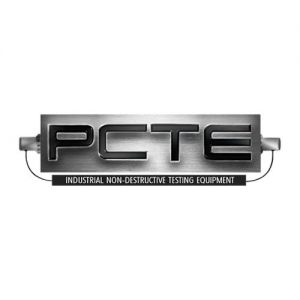Things You Should Know About Eddy Current TestingPosted by PCTE Industrial on November 20th, 2021 Eddy current testing is known to be one of the many non-destructive testing methods that use the principle of electromagnetism to detect flaws in conductive materials. A special-designed coil energised using an alternating current is put in proximity to test the surface. It further generates an altering magnetic field, interacting with the test sample, producing eddy currents in the vicinity. All the variations in the changing phases and the magnitude of such currents are then monitored with the use of receiver-coil. Sometimes, changes to the alternate current that flows in the primary excitation-coil are also measured in the process. Working of Eddy Current Testing This process works on the principle of electromagnetic induction. When an alternating current passes through a conductor, the alternating magnetic field is developed around the coil. This field contracts and expands as the current falls and rises. If you bring the coil closer to another electric conductor, the fluctuating field surrounding the coil permeates the material, thereby inducing the eddy current flow in such conductor. After this, the eddy current itself develops its own magnetic field. This second magnetic field so formed opposes the primary magnetic field, thereby affecting the current and voltage flowing throughout the coil. Any alterations in terms of the conductivity of the material are further examined throughout eddy current testing. The marked changes also affect the magnitude of eddy current, for instance, near-surface defects, differences in thickness, and others. There is always a greater flow of eddy current at the surface in high conductivity metals and a decrease in penetration in the metals like aluminum and copper. Benefits of Eddy Current Testing
When you use Eddy current testing, it can also be automated for inspecting uniform parts like boiler tubes, wheels, and aero-engine disks. The popularity of eddy current testing is worth all the hype! About the Company PCTE Industrial is the Industrial NDT (INDT) equipment branch of PCTE. We have been in business since 2004, and are well-known for technical know-how and superior support. With offices in Sydney, Melbourne, Brisbane, Perth and Auckland, we offer on the spot support to our local customers to make their equipment decision and assist with any issues. We offer industrial non-destructive equipment for hardness testing, ultrasonic testing and eddy current testing. Like it? Share it!More by this author |


